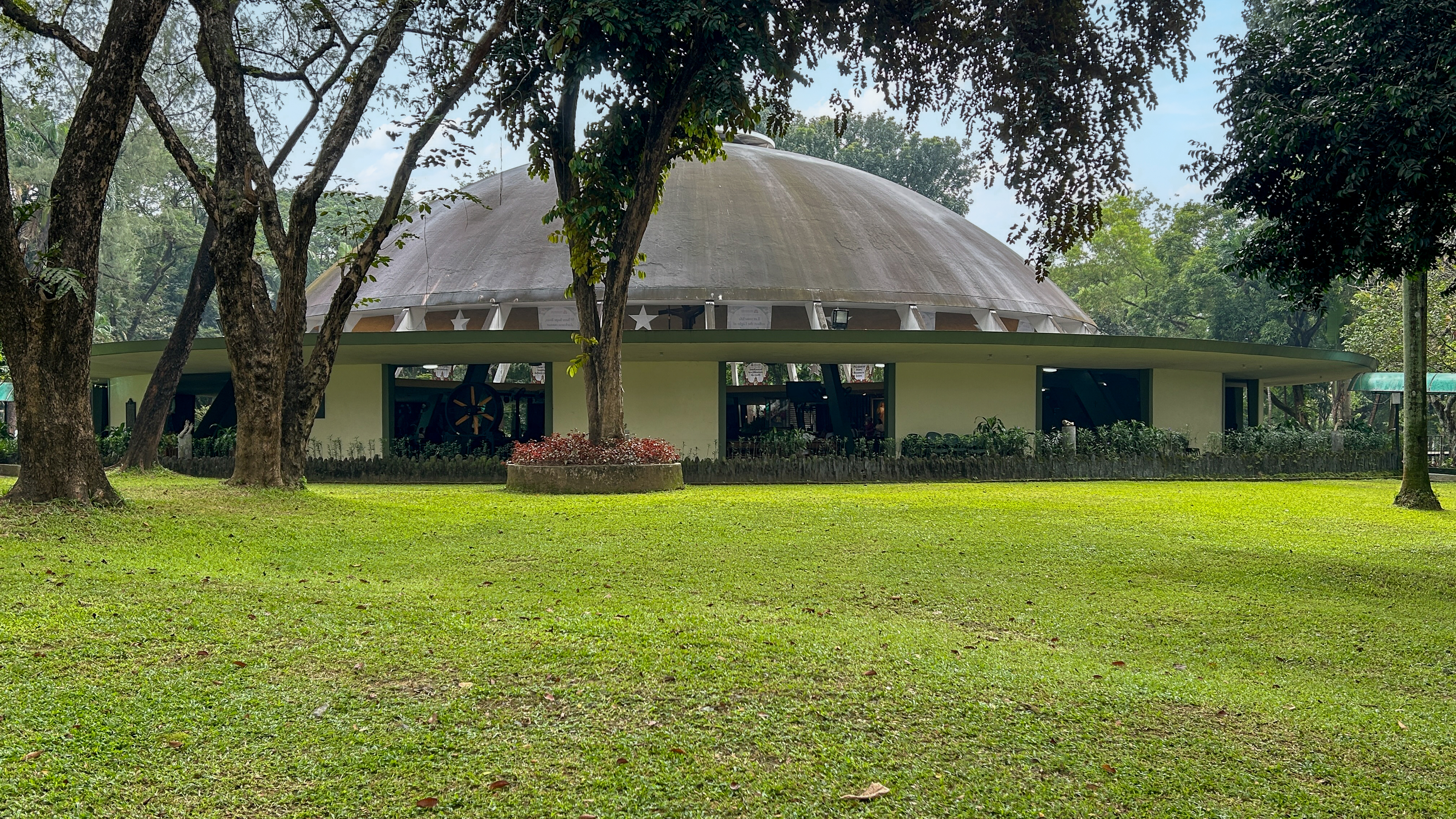DMCI Homes Joins Phil Green Building Council; Welcomes its First BERDE Professional
DMCI Homes announced an important forward step as part of its “good neighbor” policy. The country’s leading residential developer for middle-income families is now a member of the Philippine Green Building Council (PhilGBC), with one of the company’s architect-managers being certified under the council’s BERDE Program.
PhilGBC is a non-profit organization that promotes sharing of knowledge on green building practices aligned with global initiatives for sustainable built environment. Its members, now including DMCI Homes, are companies involved in the construction industry such as developers, engineering and architectural firms, product suppliers and manufacturers, and contractors.
Joining PhilGBC, according to DMCI Homes Marketing Manager Jan Venturanza, represents a “strong, conscious effort to learn more about smart and sustainable design” for the benefit of customers and, ultimately, the general public. “Our move to learn more about green building practices will hopefully help encourage more people and companies to follow suit.”
Globally, the United Nations Environment Programme (UNEP) estimates that built environment is responsible for 25%-40% of energy use, 30%-40% of solid waste generation, and 30%-40% of green house gas (GHG) emissions worldwide, according to Architect Kim Paulo Quizon, BERDE Program Manager. In the Philippines, “the demand for green buildings has been increasing, as consumers and users are becoming more aware of the environmental implications of the living space.”
In response to the domestic building industry’s need to address the negative impact of climate change in the property sector and to measure the environmental performance of buildings, the BERDE Program or Building for Ecologically Responsive Design Excellence was established by PhilGBC, which it followed with the development of the Green Building Rating System. The rating system was created mainly to address the negative effects of buildings on the environment through proper land utilization, water and energy efficiency, better indoor environment quality, better and greener use of materials, less emissions, and proper waste management.
Before acquiring membership status in PhilGBC and even without formal green certifications, DMCI Homes’ various residential projects satisfied many requirements prescribed by eco certifications. Its pioneering resort-inspired developments have a natural affinity for green and sustainable design: wide open spaces, lush landscaping, natural lighting and ventilation achieved via Lumiventt technology in high rises and single-loaded corridors and garden atriums for medium-rise condominiums, lush landscaping, and low density living.
In support of continuous learning within its own ranks and in the Philippine property development industry, DMCI Homes is proud that one of its managers, Architect Henry Manuel, who underwent training and examination to become a certified BERDE Professional, was granted certification by the council. He can now guide DMCI Homes in understanding the synergies of BERDE sustainable principles and how these can be applied to the company’s building projects. With a certified BERDE professional on board, Venturanza explained that “we can expect future designs to be more innovative and consciously attuned to sustainable design.”
Some companies have not submitted to the certification process, said Quizon, due to a lack of education about green building and its advantages, as well as a dearth of understanding on the cost that it would entail, failing to consider that the building’s life cycle expenses increase when green measures are not put in place.
Venturanza acknowledges that the ‘greenness’ of a structure does not seem to rank high on the Filipino homebuyers’ list of reasons for purchasing a property, at least for now. “However, when a prospective buyer looks for a new home and wants it to be maaliwalas, naturally well-lit and airy, for example, he doesn’t realize that he’s actually looking for benefits that are by-products of sustainable design.”
Besides helping the environment on a macro-level, unit owners can enjoy lower electricity bills, better scenery and air quality; the ‘greenness’ of the structure helps combat the “sick-building syndrome” common in other condominium-type developments. Venturanza said, “We want Filipino home buyers to be aware that being “green” isn’t just a fad or trend. Sustainable building practices translate to practical benefits.”
How do you feel about it?






